Pheidole parva
44,04 €
Worldwide shipping
Free delivery over 500 PLN
The highest quality of goods
Live delivery guarantee
24/7 Personal Support
Fair Prices
Description
Pheidole parva is a polygynous ant species with colonies of up to 10,000 workers. They have a fast development speed and come in varying shades of brown. They feed on food insects, syrup, fruits, vegetables, jelly, and cooked chicken. The queen measures 7-9 mm while workers range from 3-4 mm and majors from 4-7 mm.
Additional information
| Behavior | |
|---|---|
| Difficulty in breeding | |
| Origin | |
| The size of ants | |
| Wintering |
Pheidole parva: The Versatile Ant Colony
Welcome to the world of Pheidole parva – a unique species of ants that are known for their polygynous colony type and remarkable adaptability. With a colony size of up to 10,000 workers, these ants are a force to be reckoned with. Let’s explore the fascinating characteristics, nutritional needs, and ideal habitats for these industrious creatures.
Colony Type and Size
Colony Type: Polygyny
Colony Size: Up to 10 000 workers
Development Speed: fast
Size and Color:
- Queen: 7-9 mm
- Workers: 3-4 mm
- Majors: 4-7 mm
The coloration of this species varies, typically displaying shades of brown with varying intensity.
Nutrition
- Food insects (such as cockroaches and crickets) dead, or live if colony is big
- Syrup (a mixture of water and honey or sugar, with a ratio of 4/3 water:1)
- Fruits and vegetables
- Jelly
- Cooked chicken without salt, shrimps
- Honey
- Seeds
Don’t forget to check out our food products to ensure a well-balanced diet for your colony!
Humidity and Temperature
- Humidity: Arena: 50-70%, Nest: 50-80%
- Temperature: Arena: 22-30 °C, Nest: 22-27 °C
Unique Features
One of the most fascinating aspects of Pheidole parva is their aggressive army and rapid multiplication rate. Their ability to expand their colony quickly makes them an ideal species for ant enthusiasts who enjoy observing and studying the growth and behavior of ant colonies. Additionally, the species showcases a captivating polymorphism, with individuals displaying varied sizes and colors within the same colony. This unique characteristic adds aesthetic appeal to these ants and makes them even more visually captivating.
Ideal Nests for Breeding
Providing the right nesting conditions is vital for the successful breeding of Pheidole parva. The recommended nest types for these ants include acrylic, cork, plaster, and aerated concrete. These materials offer the necessary durability, insulation, and moisture retention required for a thriving ant colony. By selecting one of these suitable nest options, ant enthusiasts can ensure a conducive and sustainable environment for the growth and development of their Pheidole parva colony.
Conclusion
Pheidole parva introduces ant enthusiasts to the intriguing world of polygynous ants. With their adaptable nature, diverse sizes and colors, and rapid multiplication rate, these ants offer a captivating experience for those interested in observing and studying ant colonies. By providing the appropriate nutrition, humidity, and temperature levels, as well as selecting the ideal nesting materials, ant enthusiasts can create a thriving environment for their Pheidole parva colony. So, dive into the world of these versatile ants and embark on a fascinating journey into the wonders of the insect kingdom.


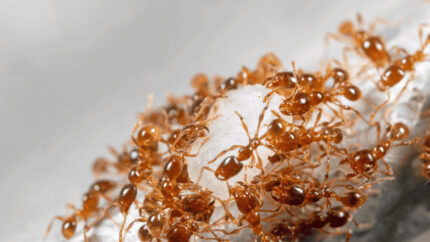
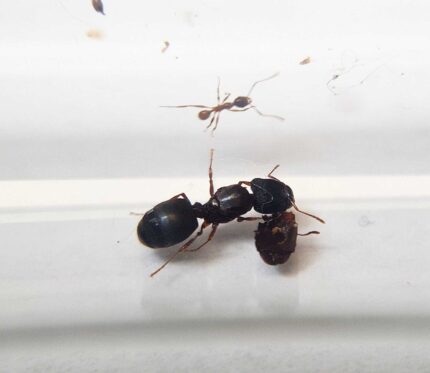
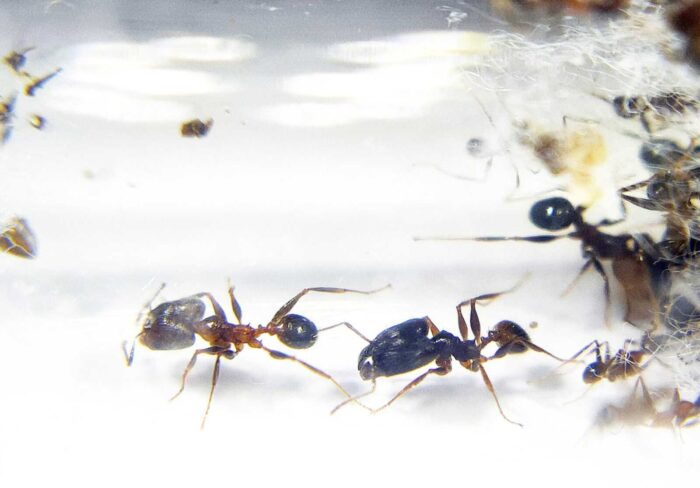
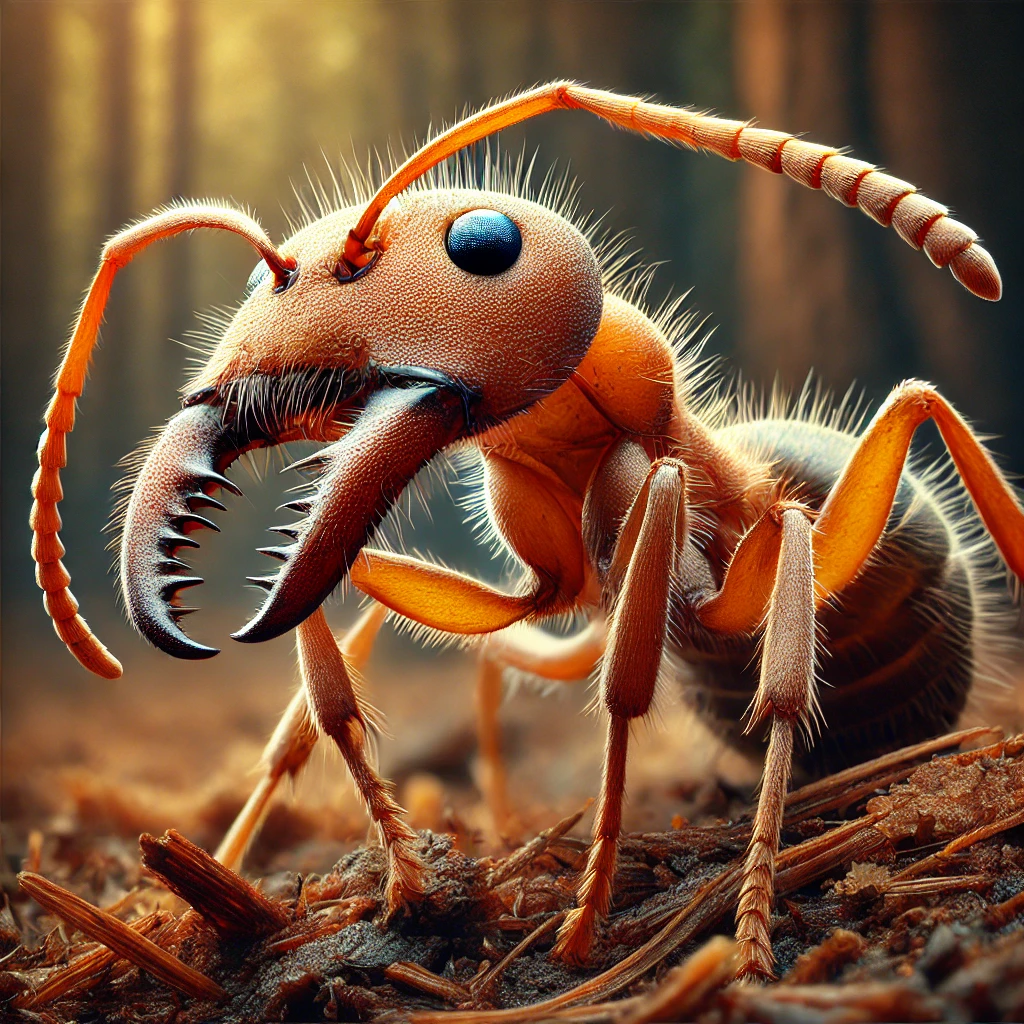
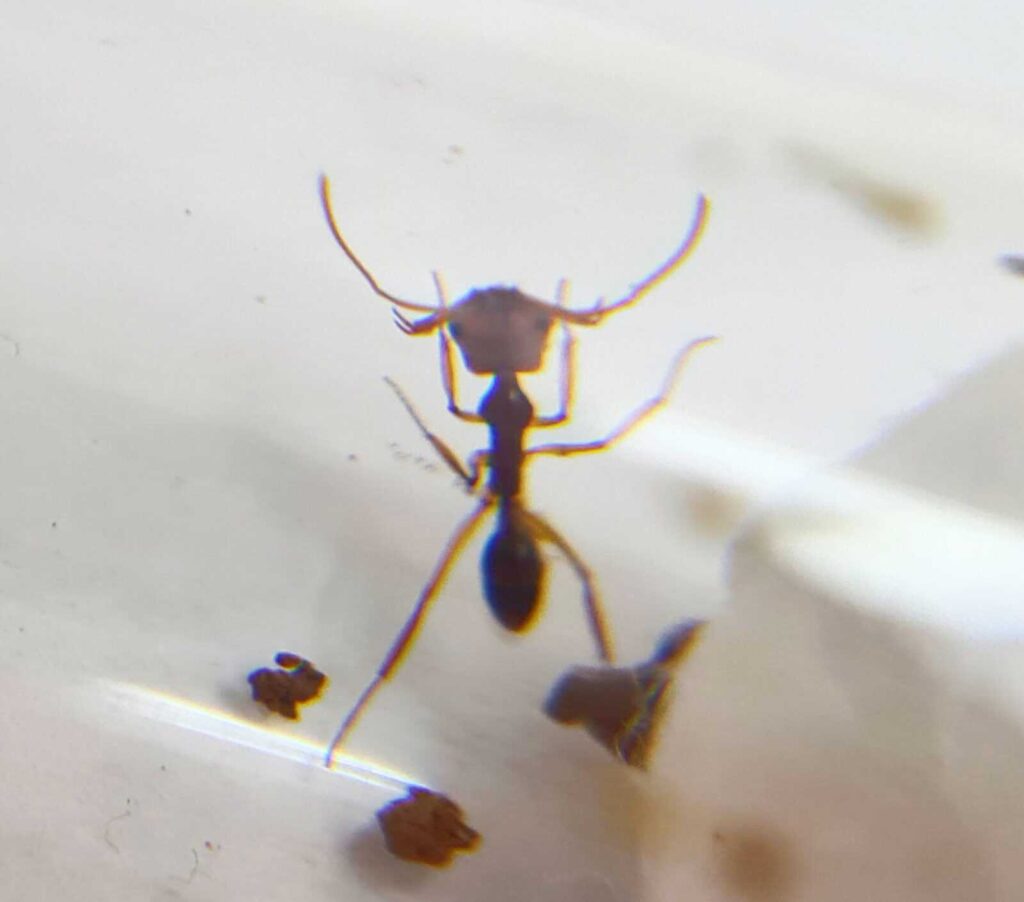
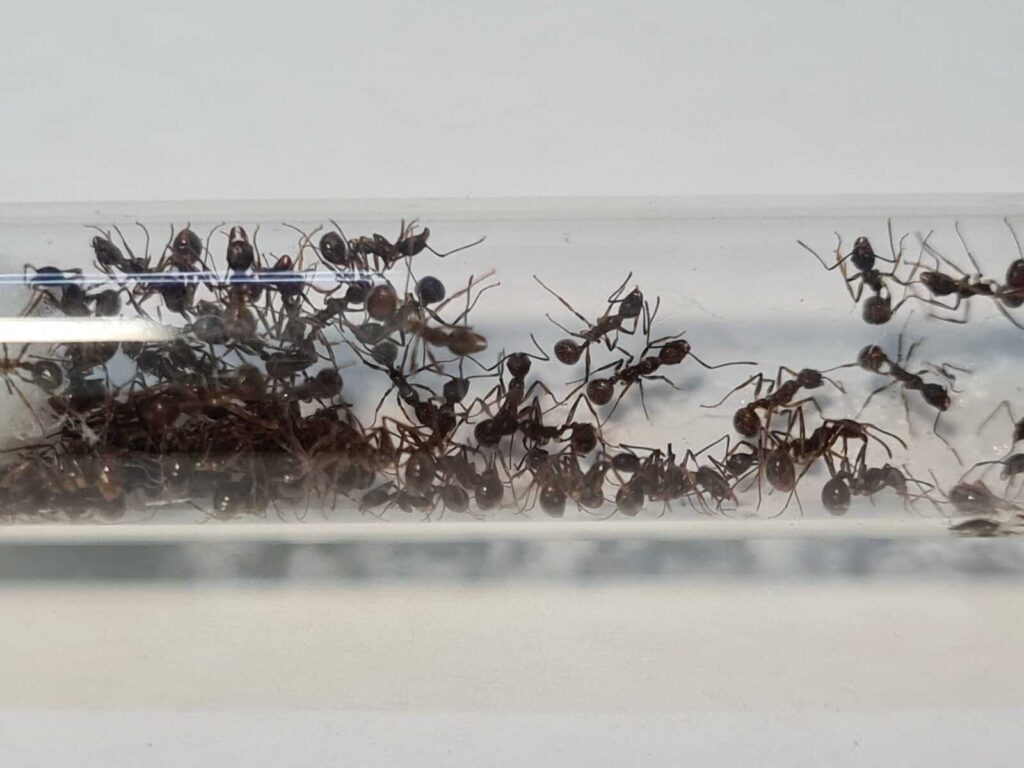
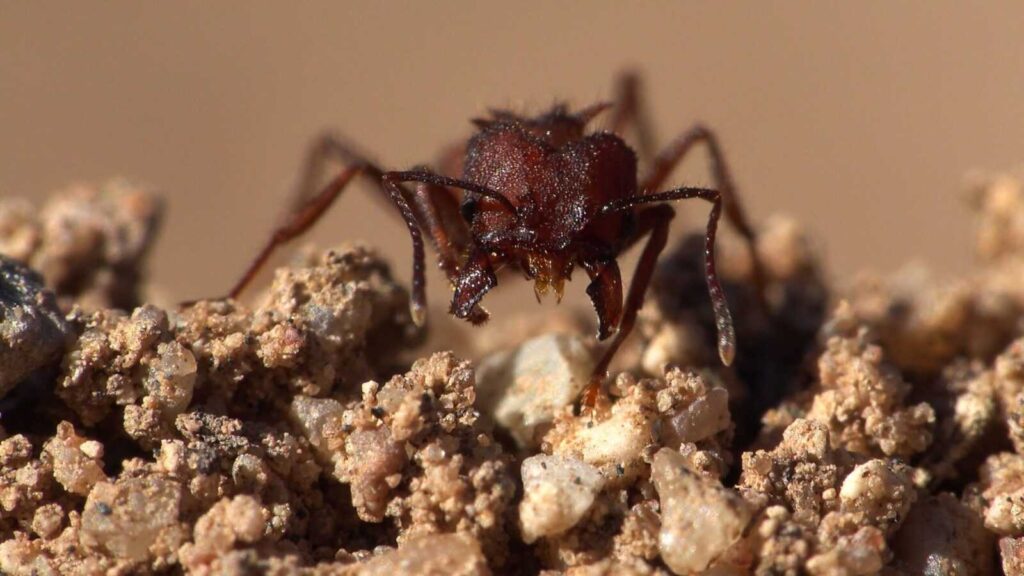
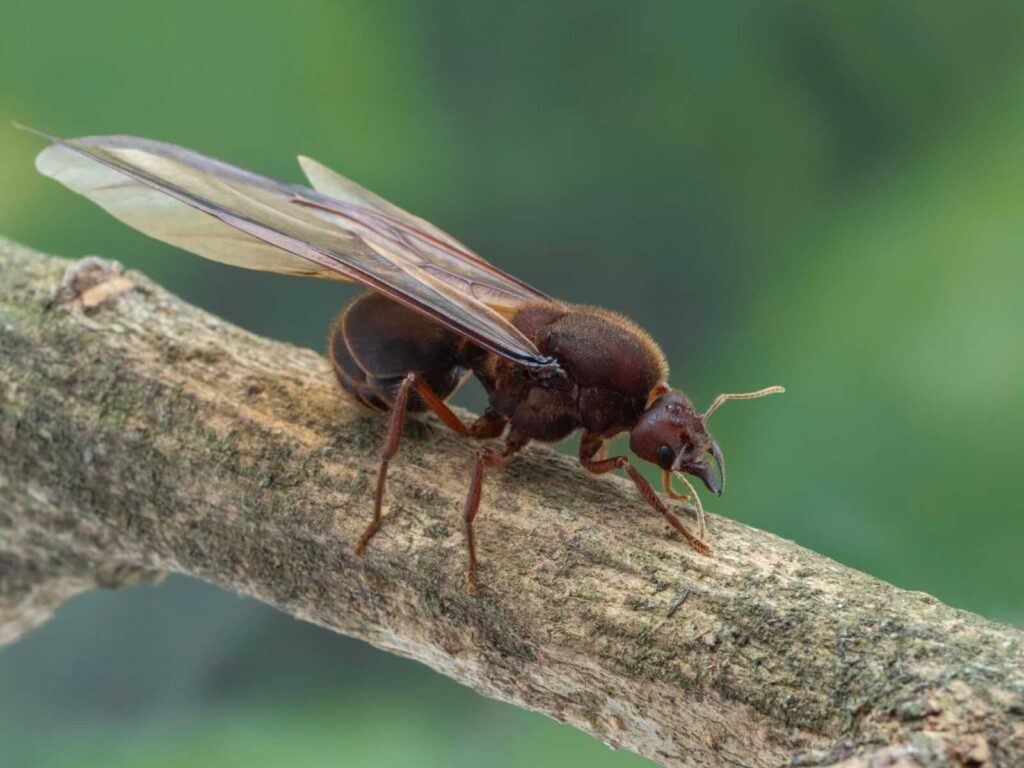
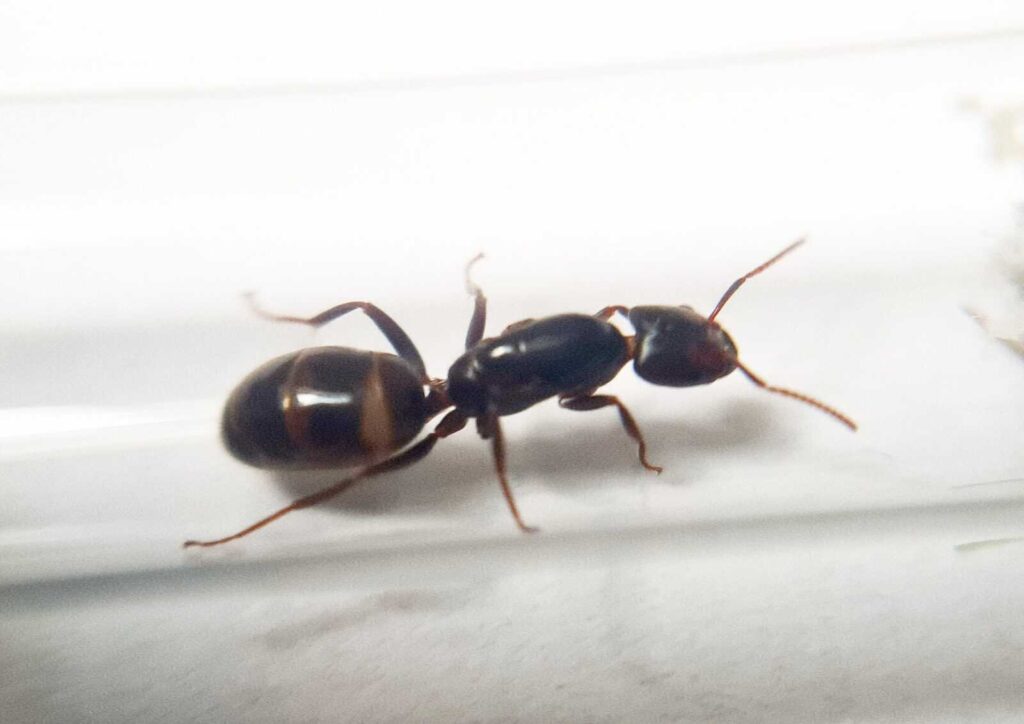
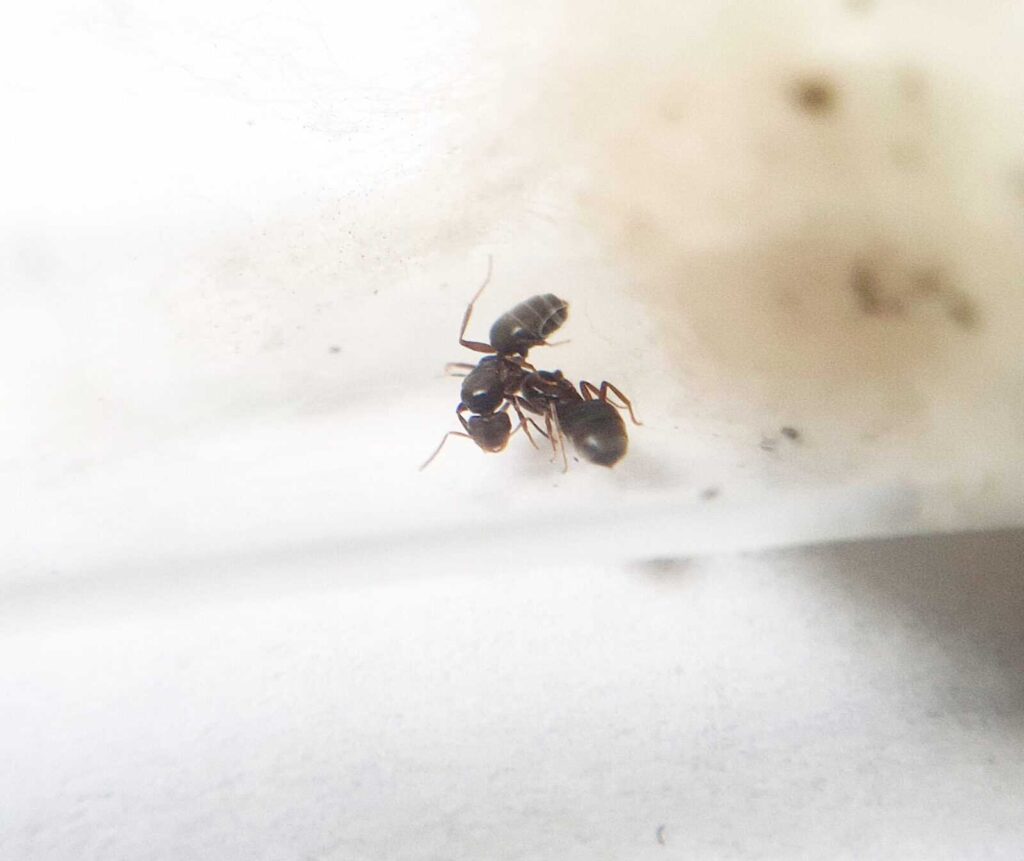
There are no reviews yet.